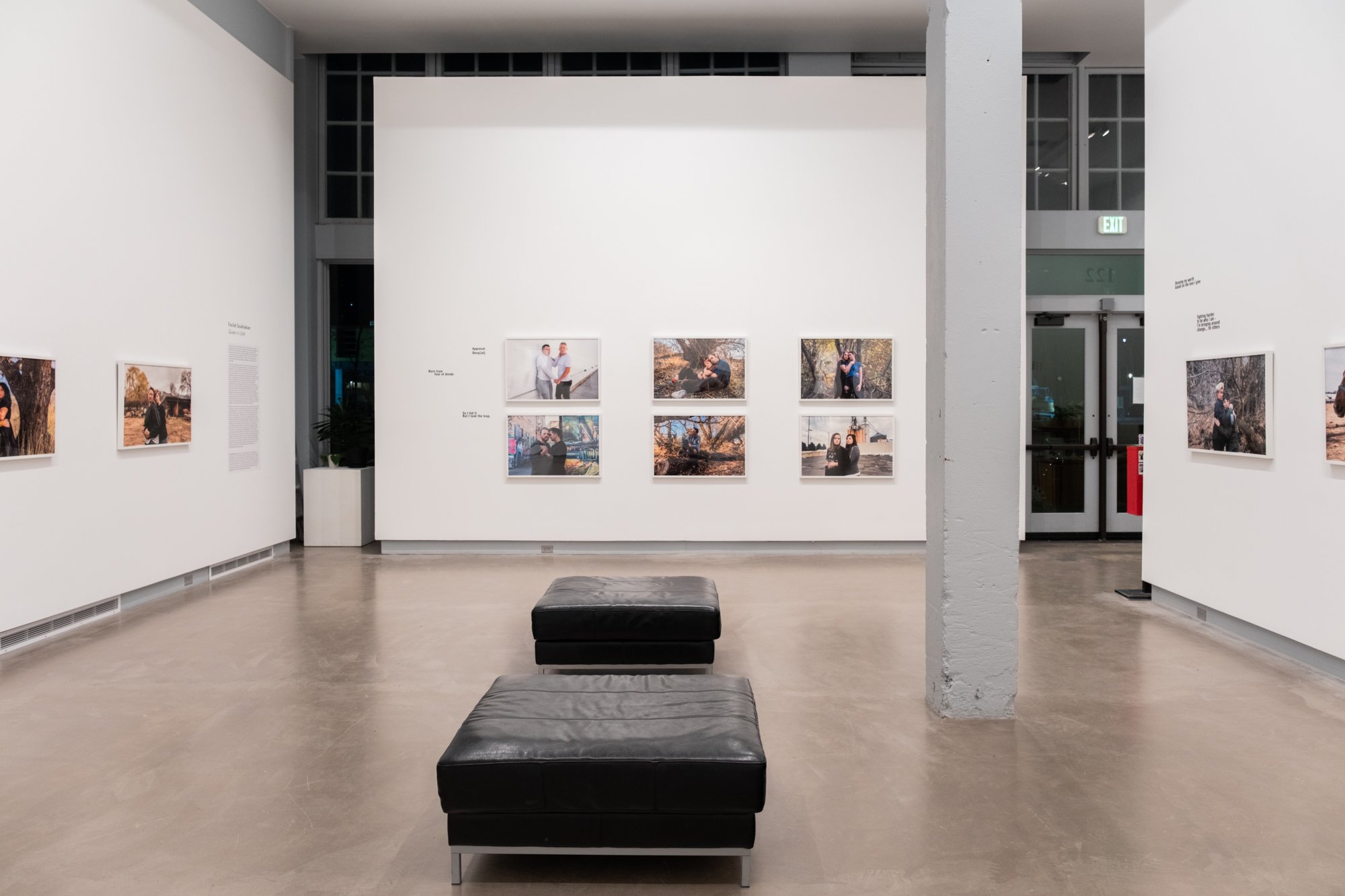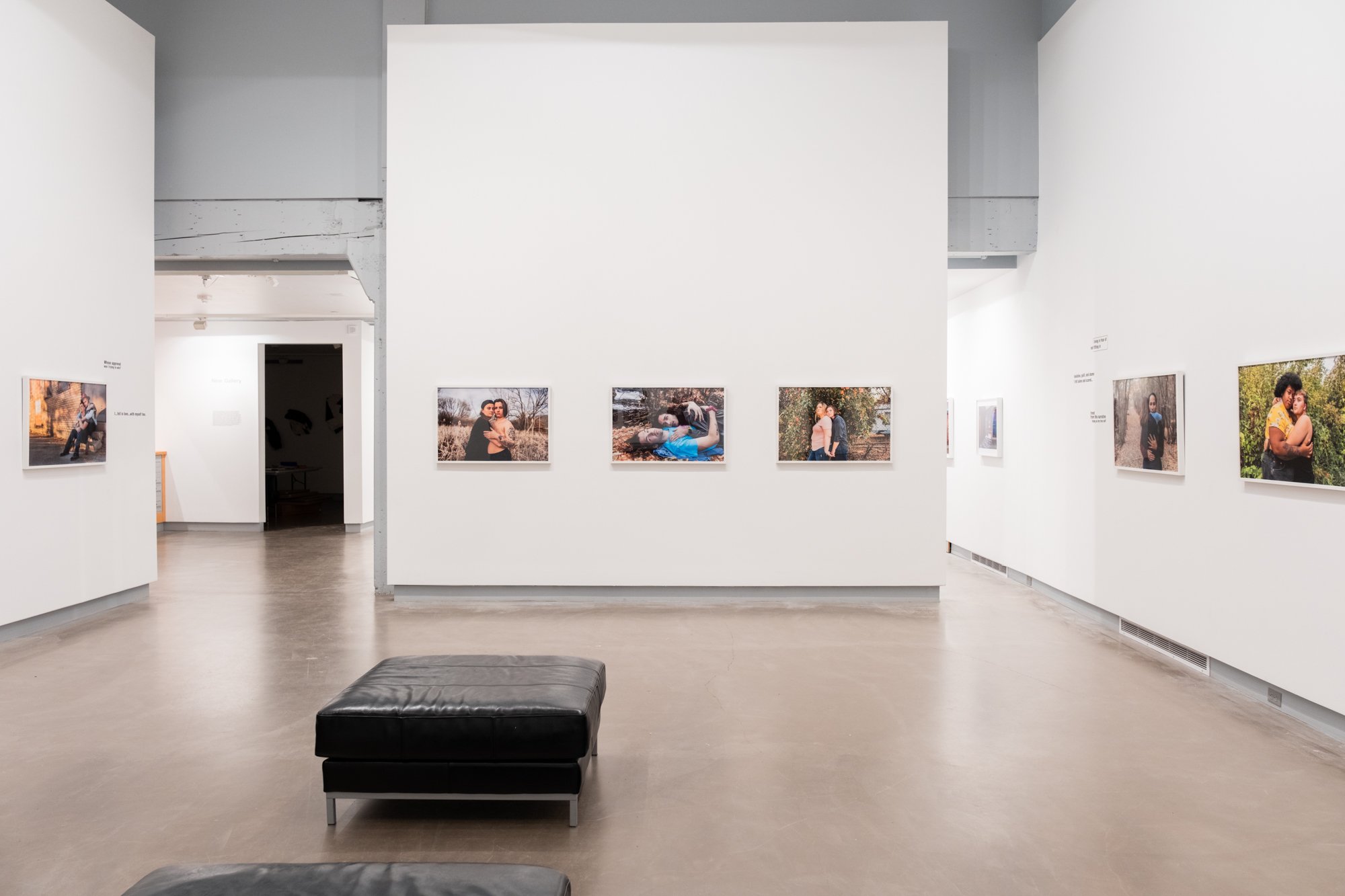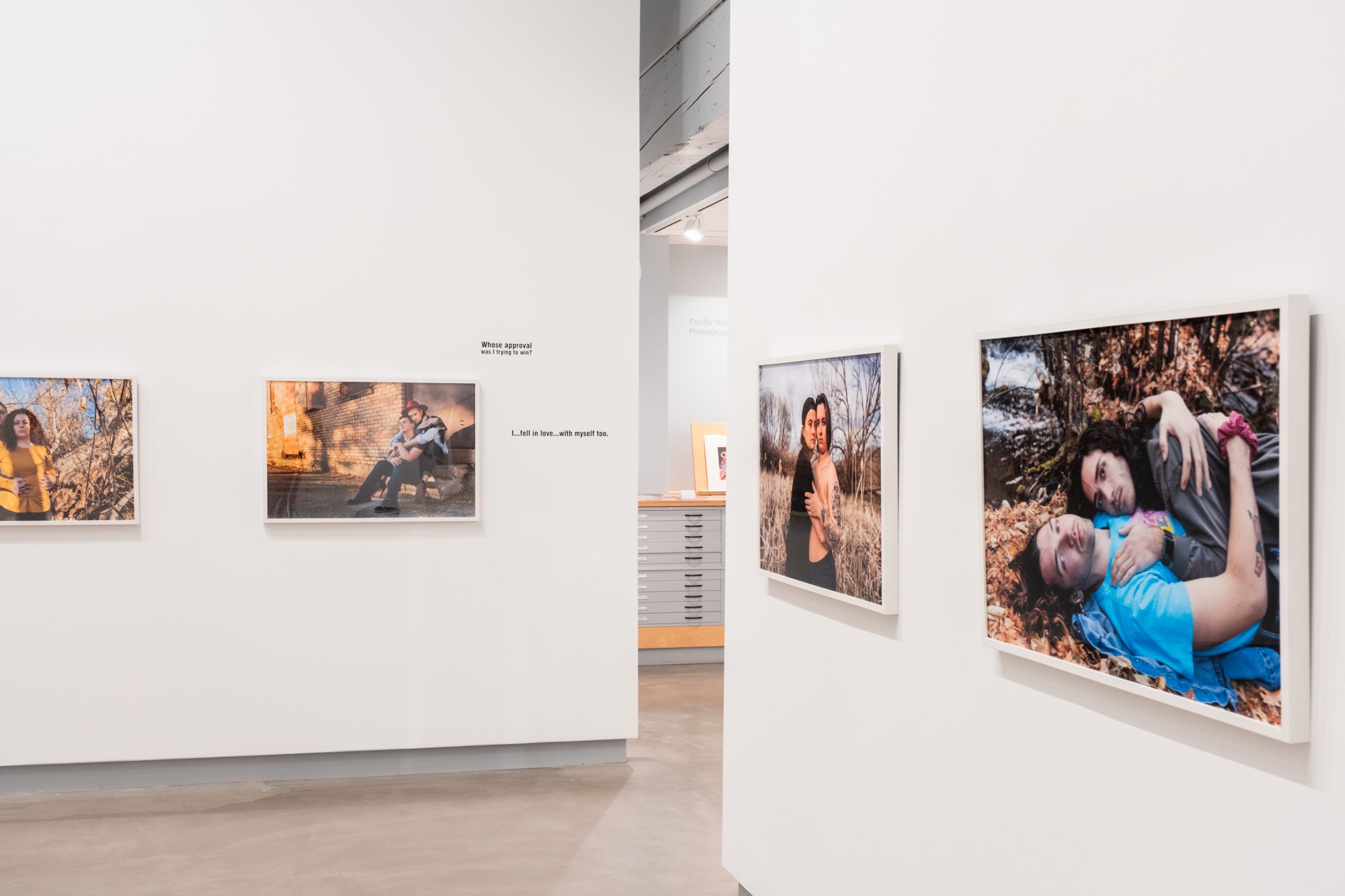Fazilat Soukhakian
Queer in Utah
Mar 7 - 30, 2024
I grew up in Iran, a country that even to this day, still punishes the LGBTQ+ community with the death penalty. I witnessed the tremendous struggles from LGBTQ+ friends and relatives surrounding me having to deal with severe discrimination and fear from not only the authorities but the (often insensible) community around them as well. After I decided to move to the USA, I was shocked to find out that the LGBTQ+ community in certain regions of the country goes through similar struggles and challenges of discrimination and suppression.
The Queer in Utah project was started in 2019, after witnessing people from my new community in Utah struggle with depression, sometimes even injury by self-infliction. Friends that had to choose between their faith and desires, all rooted in a system of self-doubt from a clash where faith and sexual orientation can’t seem to harmonize. I met a couple who both lost their jobs as daycare teachers because their sexual orientation was considered a bad influence on the children. Young people are often faced with an identity crisis stemming from the apparent contradictions between their sexual emotions and the religious teachings they grew up with. In many cases, lack of understanding and acceptance by the social framework of the LDS church, their community, and often their own families, resulted in heavy feelings of guilt and sin. I met young people that have been put repeatedly through ‘conversion therapy’ to suppress their desires and needs. I met a young man who talked to me about going through conversion therapy and the effect it had on him. Since the therapy had no effect on his desires and emotions, he felt more and more that something was inherently wrong inside of him. Every time, he was forced to try other ways of not being himself in the name of ‘fixing’ his sexual orientation. This resulted in depression, and multiple attempted suicides. It was not until he finally found his companion, another man, that he now feels safe and understood.
Within the state of Utah, The Church of Jesus Christ of Latter-day Saints (LDS) is omnipresent. Generally, the social framework of the LDS Church has resulted in a path of dilemmas and self- doubt for many people looking to make the hard decision whether to act on their desires. In this process however, I witnessed how the new generation of LGBTQ+ Mormons, mostly young adults in their early 20’s, is changing the course of its historic struggle between their sexual identity and the conflicts with their religious beliefs, by publicly acting on their sexuality while some of them still practice their faith. Despite the Church’s strict teachings, they are determined in their pursuit of love, each taking their own path by either enduring through the scrutiny of their surroundings or taking a step away from the Church. The young generation of the LGBTQ+ community, who came from an LDS background are bringing change to the community around them. Despite the teachings of the LDS church, a part of the community is slowly opening up more and more to the LGBTQ+ community and being more accepting to their family members who act on their desires towards happiness and love, even if these desires do not fit the conservative heterosexual image. This project aims to help normalize the LGBTQ+ community in the conservative setting of Utah by portraying these couples in affectionate poses, and a local outdoor setting, similar to the dominant imagery found framed in the households of heterosexual couples.
Fazilat Soukhakian (Iranian-American, b. 1983, she/her/hers) is a photographer and scholar who is currently an Associate Professor of Photography at Utah State University. She started her career as a photojournalist in Iran and became one of its very few female photojournalists in a highly patriarchal society. She moved to the United States in 2011 and received her Master of Fine Arts degree and her Ph.D in Architectural History from the University of Cincinnati. She is a visual storyteller who reflects on the social and political issues of her surroundings as a means for social change and justice. Her work revolves around depicting the stories of bravery and strength of those marginalized by society, highlighting the act of overcoming struggle and inspiring others.










